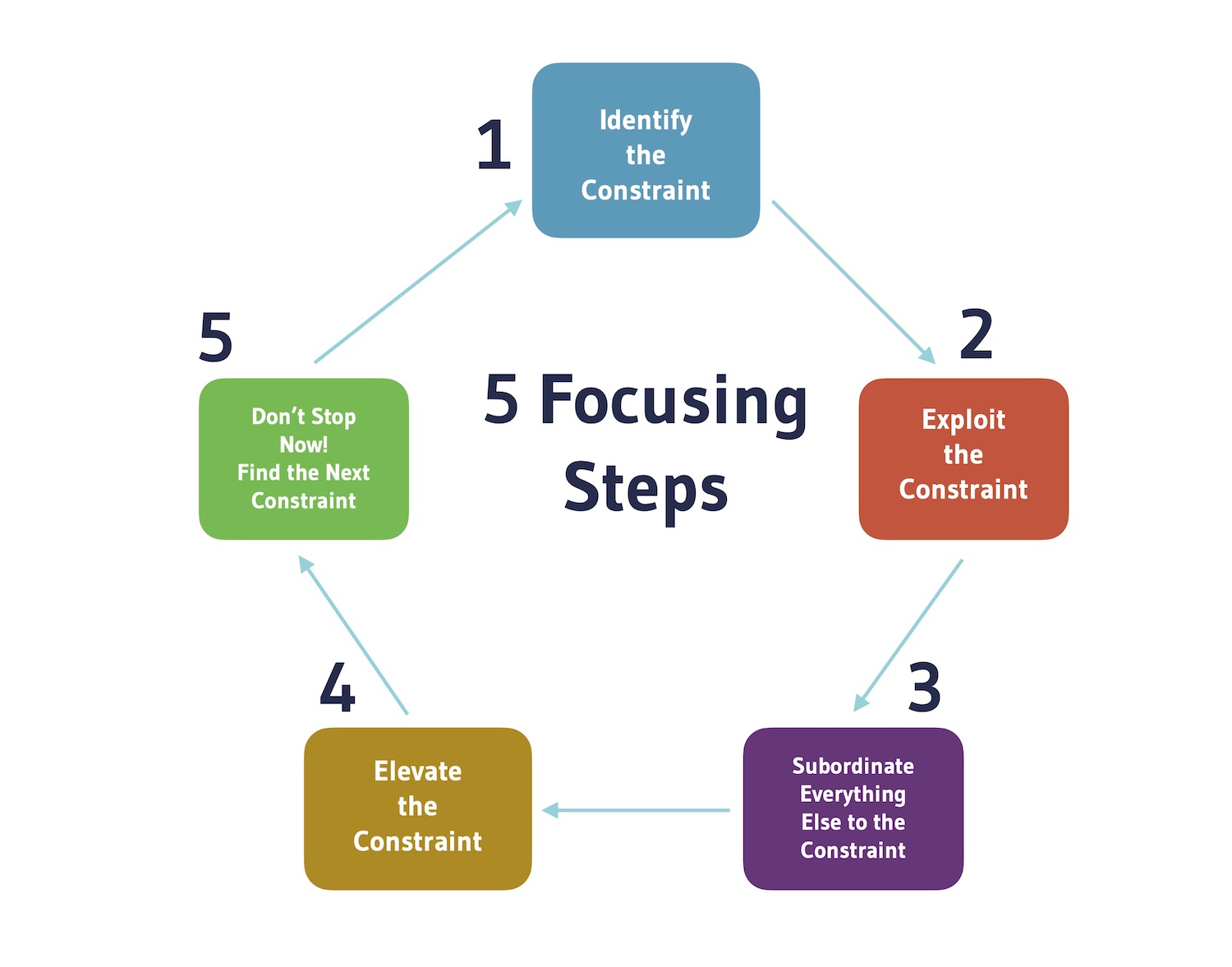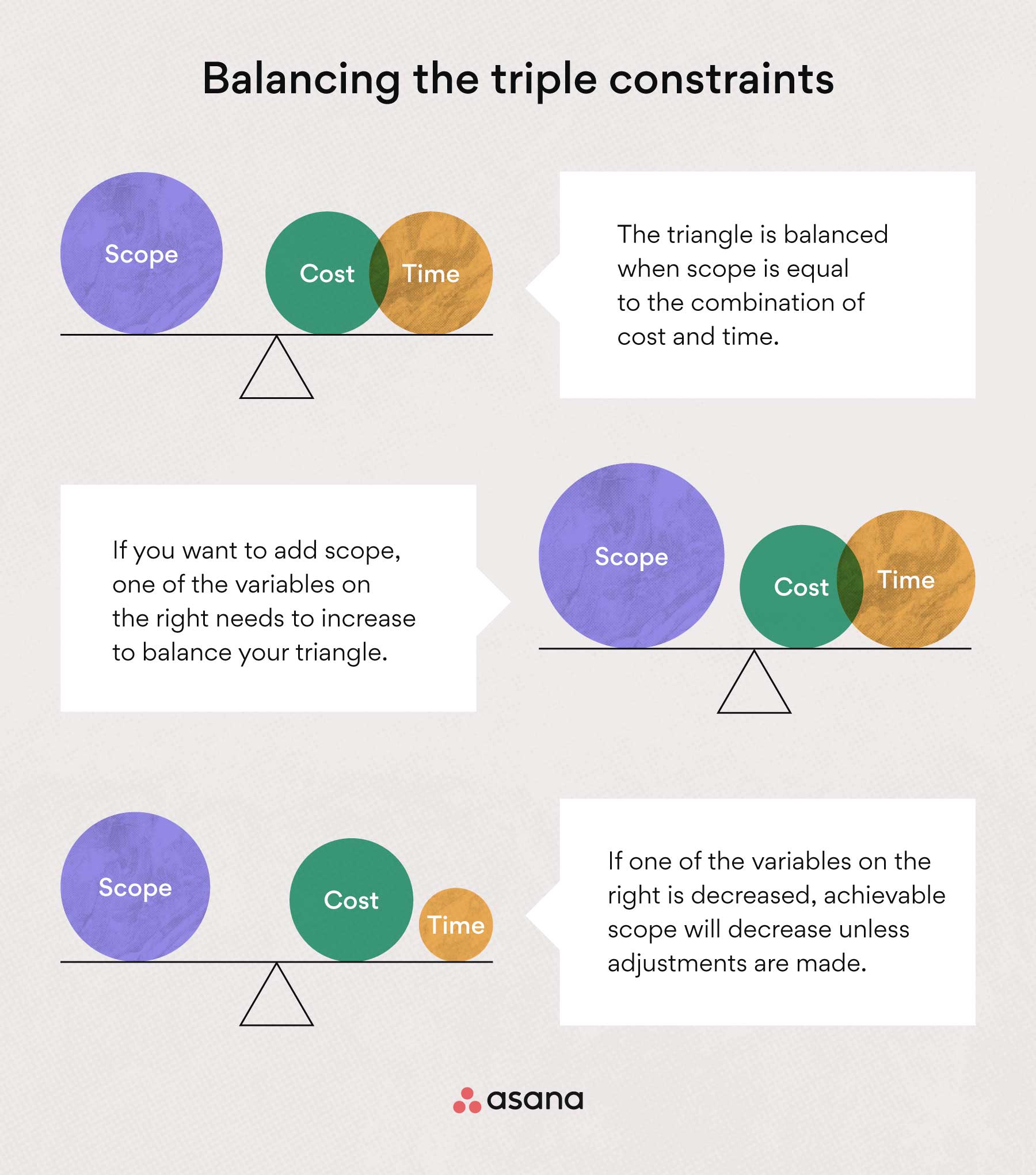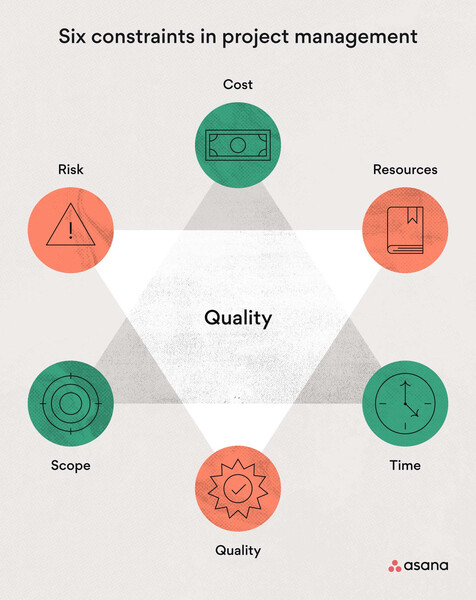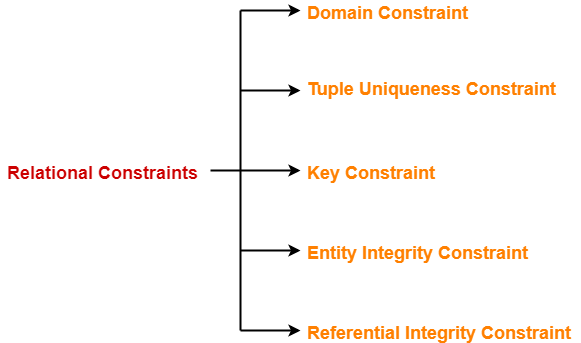Column level constraints apply to a column and table level constraints apply to the whole table. The data type of domain includes string character integer time date currency etc.

The 6 Project Constraints How To Manage Them Adobe Workfront
Quality is also a trade-off with cost and time.

. SQL - Constraints NOT NULL Constraint Ensures that a column cannot have NULL value. These are called as schema-based constraints or Explicit constraints. NOT NULL constraint makes sure that a column does not hold NULL value.
The available constraints in SQL are. You define data type length or size is null value allowed is the value unique or not for an. What constructed systems are about 2.
Pages 48 This preview shows page 17 - 19 out of 48 pages. Equipment constraints might be faulty missing or unavailable pieces of equipment. They ensure that rules defined at data model creation are enforced when the data is manipulated inserted updated or deleted in a database.
That is we can specify the limit on the type of data that can be stored in a particular column in a table using constraints. Types of Constraints in DBMS- In DBMS there are following 5 different types of relational constraints- Domain constraint Tuple Uniqueness constraint Key constraint Entity Integrity constraint Referential Integrity constraint 1. However its not a primary constraint but is related to other constraints such as your assets and organizational culture.
Database constraints are a key feature of database management systems. Quality is often cited as a business constraint. NOT NULL - Ensures that a column cannot have a NULL value UNIQUE - Ensures that all values in a column are different.
Column_name_n datatype NOT NULL PRIMARY KEY column_name_1. That is if a column is specified as NOT NULL then we. Course Title DATA ANALY 101.
Most tables should have a primary key and each table can have only ONE primary key. Constraints in the databases can be categorized into 3 main categories. Domain integrity means the definition of a valid set of values for an attribute.
What are constraints Explain different types of constraints Constraints enable. Constraints that are directly applied in the schemas of the data model by specifying them in the DDL Data Definition Language. This constraint tells that we cannot store a null value in a column.
School Great Lakes Institute Of Management. Primary keys must contain UNIQUE valuesA primary key column cannot contain NULL values. PRIMARY Key Uniquely identifies each rowrecord in a.
It does not accept NULL values and accepts only unique values. Four Types of Constraint Given our theoretical positions regarding the nature of representation and constructive processes we can distinguish four kinds of constraints. The processes of construction.
Domain constraints can be defined as the definition of a valid set of values for an attribute. The following constraints are commonly used in SQL. The PRIMARY KEY constraint uniquely identifies each record in a database table.
PRIMARY KEY CONSTRAINT A primary key constraint is used to uniquely identify a record or row in the data table. CREATE TABLE table_name column_name_1 datatype NOT NULL column_name_2 datatype NOT NULL. Mapping Cardinality It is expressed as the number of entities to which another entity can be associated via a relationship set.
What are constraints explain different types of. The value of the attribute must be available in the corresponding domain. Domain Constraint- Domain constraint defines the domain or set of values for an attribute.
Types of Integrity Constraint 1. Constraints can be column level or table level. Types of constraints NOT NULL UNIQUE DEFAULT CHECK Key Constraints PRIMARY KEY FOREIGN KEY Domain constraints Mapping constraints NOT NULL.
The following are types of constraints. Knowledge is a common constraint thats often underestimated. Here are examples of physical constraints along with some potential solutions to each.
Various types of integrity constraints are-. In rhetoric any factors that restrict the persuasive strategies or opportunities available to a speaker or writer are called constraintsIn The Rhetorical Situation Lloyd Bitzer notes that rhetorical constraints are made up of persons events objects and relations which are part of the rhetorical situation because they have the power to constrain decision or action. To resolve equipment constraints managers may.
Physical constraints are tangible objects that hinder a process or project. These are worth planning for depending on your organizational structure and processes but well cover the six most common project constraints likely to impact nearly every project. There are two types of constraints on the Entity Relationship ER model Mapping cardinality or cardinality ratio.
Some say there are as many as 19 project constraints to consider including resources methodology and customer satisfaction. UNIQUE Constraint Ensures that all values in a column are different. Constraints are the rules that we can apply on the type of data in a table.
The nature of the systems being constructed 4. When we dont provide value for a particular column while inserting a record into a table it takes NULL value by default. Constraints allow us to rely on the database to ensure integrity accuracy and reliability of the data stored in it.
DEFAULT Constraint Provides a default value for a column when none is specified. The representational or aboutness relationship itself 3. Constraints that are applied in the data model is called Implicit constraints.

Theory Of Constraints Vs Lean Which Makes Sense For Your Business Txm Lean Solutions

6 Project Constraints And How To Manage Them For Project Success Asana

6 Project Constraints And How To Manage Them For Project Success Asana

Constraints In Dbms Types Of Constraints In Dbms Gate Vidyalay
0 Comments